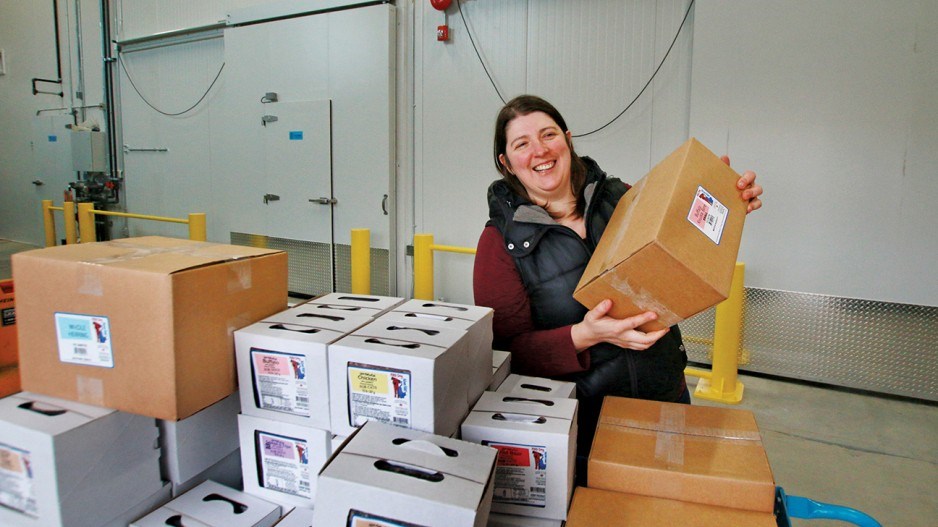The raw-food movement isn’t just for people.
More and more, our animal counterparts – with a little encouragement from their owners – seem to be embracing a raw diet, judging from market statistics.
A report from market research company GfK notes that raw-pet-food sales grew 50% both in 2014 and 2015. This includes products such as freeze-dried and dehydrated foods.
Canadian spending on pet food reached $7 billion in 2016 and is estimated to reach approximately $9.2 billion in 2019, according to a report in the Canadian Pet Market Outlook.
B.C.-based pet-food provider Red Dog Deli Raw Food Co. Inc. has had healthy growth since the company’s inception in 2004, thanks in large part to consumers’ growing interest in adopting the raw-food diet trend and extending it to their pets.
“We have seen an average of 10% growth every year,” said company founder and CEO Inna Shekhtman. “There is more and more research being done on raw food and quality of life for pets all the time.”
This month, the company moved into its new, 13,000-square-foot, state-of-the-art production facility in Port Coquitlam, a far cry from its 600-square-foot warehouse beginnings on Mitchell Island in Richmond.
“This new facility will be double the size of our current location,” said Shekhtman. “Our goal with this new facility is to continually improve our standards of quality of manufacturing.”
Red Dog Deli had been making its raw pet food, marketed under the Red Dog Blue Kat label, in a 7,200-square-foot food manufacturing facility in North Vancouver.
The company employs 17 and its products are sold in pet stores all across Canada.
The new facility will help Red Dog Deli explore and develop raw foods aimed at addressing specific animal health concerns.
“We are looking at developing new formulas that focus on the top health issues affecting pets today,” Shekhtman said. “Close to 50% of pets will be diagnosed with cancer in their life, and a lot of pet owners come to looking at diets when their pet is already ill.”
It is widely believed that more research is needed to provide substantial proof that a raw diet leads to better pet health.
“The research is coming,” said Dean Ricard, president of the Canadian Association of Raw Pet Food Manufacturers and owner of Alberta-based raw-pet-food manufacturer Mountain Dog Food. “Unfortunately, it is coming from universities outside of North America because of the way funding is allocated here.”
Despite there being a gap in proof, a new generation of consumers have accepted the idea that raw is the way to go.
According to the American Pet Products Association (APPA), pet industry spending in the United States in 2016 hit a record high at $66 billion, up $6 billion from 2015.
The APPA says spending on premium pet food has been driven higher by those who reached young adulthood in the past decade – and are now the biggest group for pet ownership.
“Now that millennials have officially taken the reins as the primary demographic of pet owners, they stand to further develop the humanization-of-pets trend,” Bob Vetere, president and CEO of the APPA, said in a press release.
Ricard said the new generation of better-educated consumers genuinely has an interest in what goes into what they buy.
“They are becoming wise to the marketing and are looking for transparency from the companies as to how and why they make the food they do.”
Shekhtman agreed: “I think millennials are just really starting to focus on what the value of products are, not just the cost. They want to know, ‘What will this do and how will it benefit the quality of life?’”
“Also, many millennials are having kids later, starting with pets to build their family,” she added. “How long a pet lives matters to everybody, as losing a pet can be like losing a relative.”




